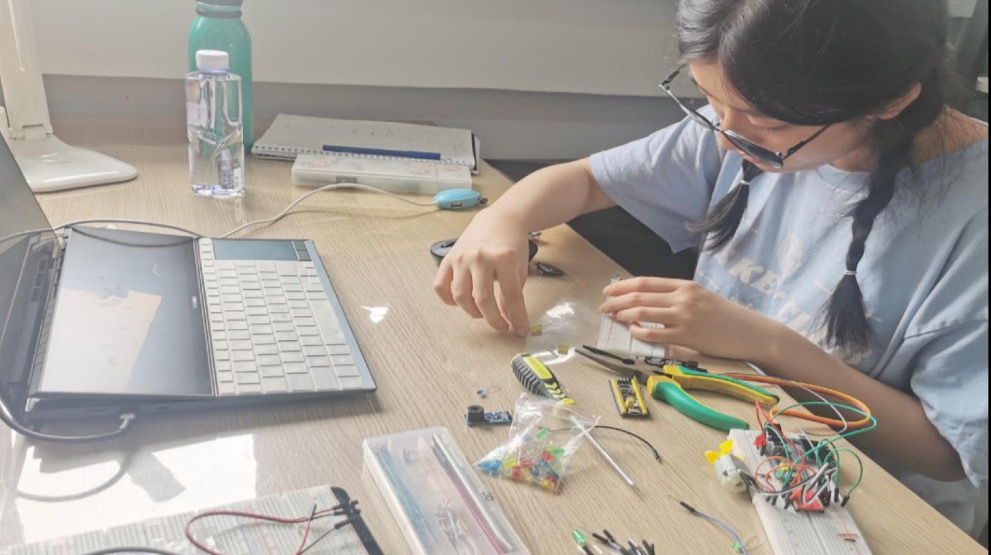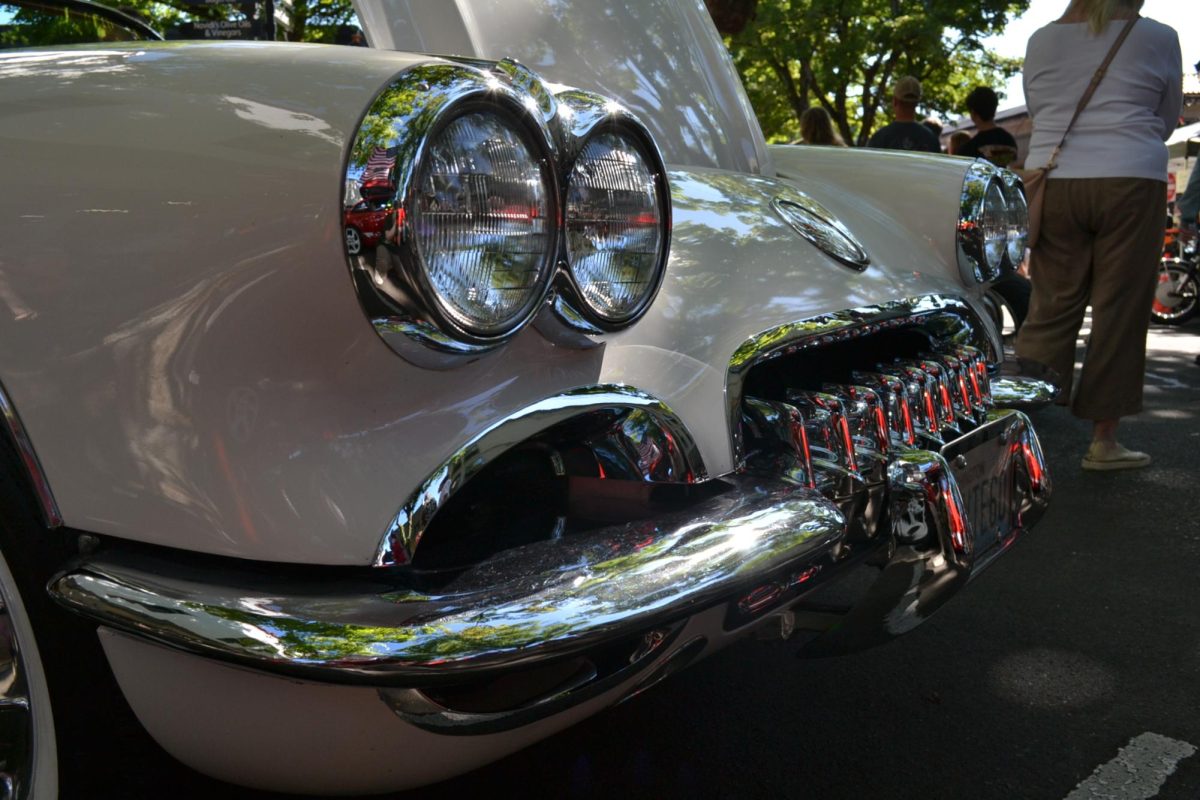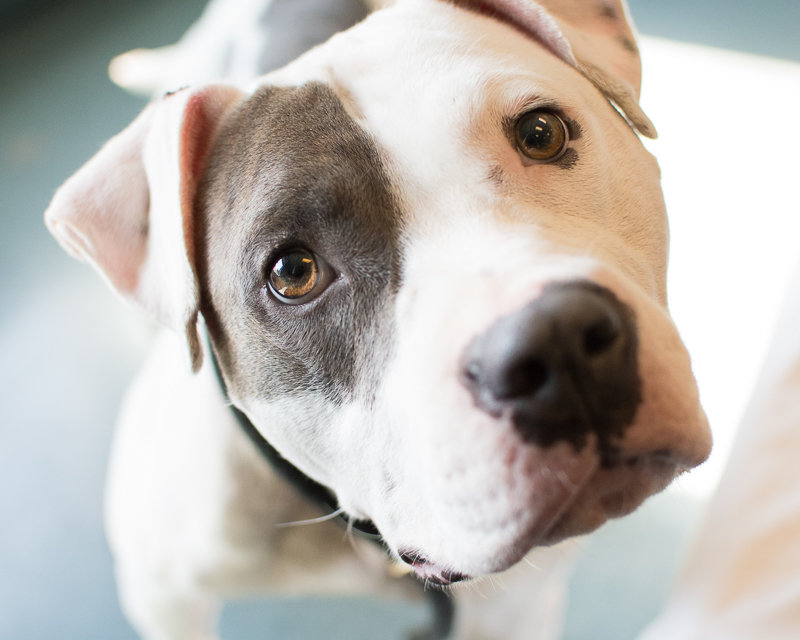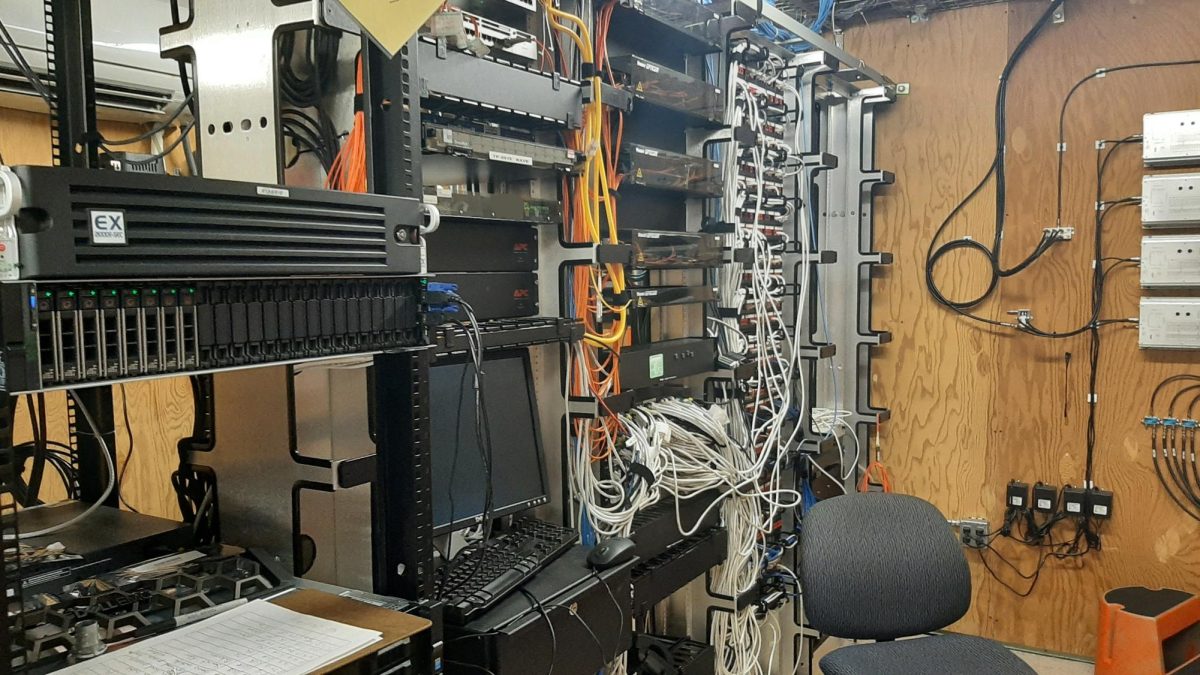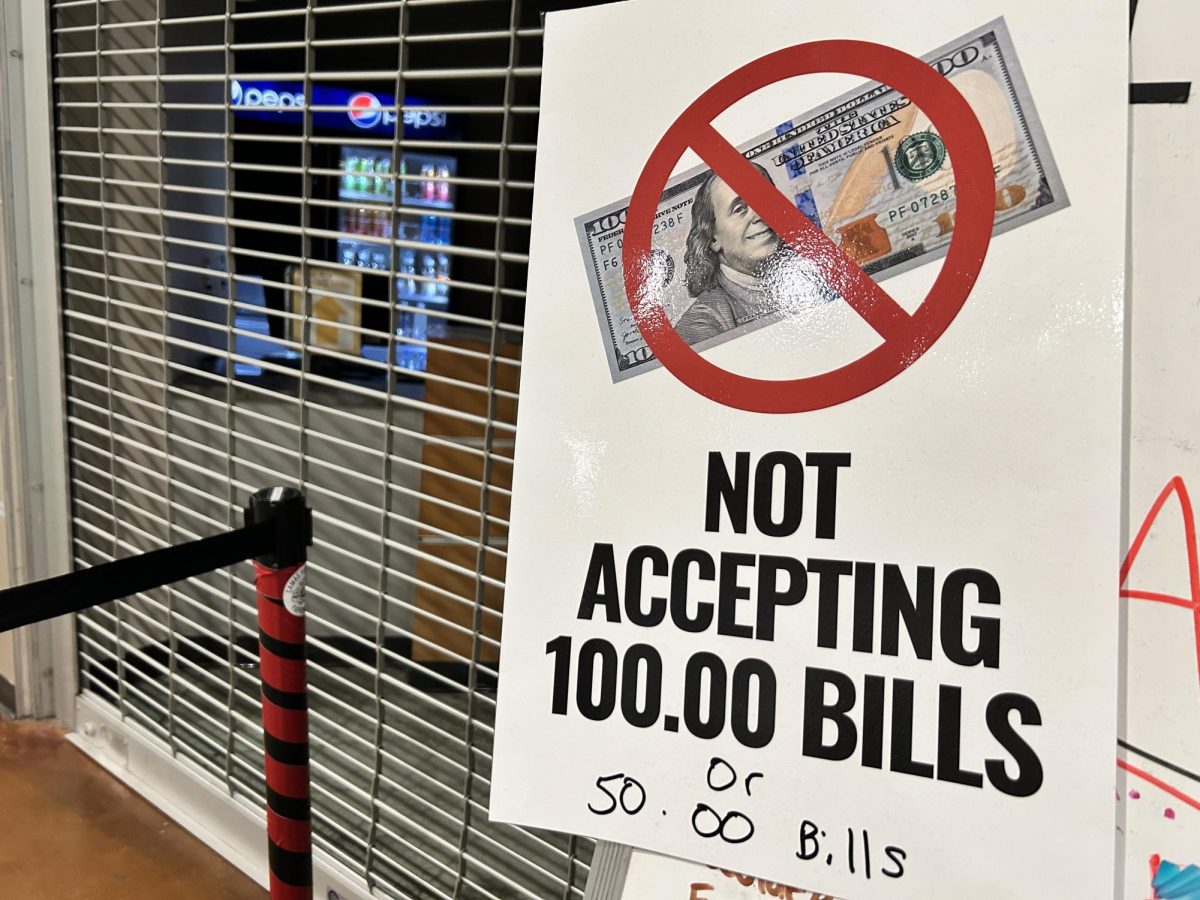Humans have the opportunity to die a peaceful death. What about mammals that do not give consent to peaceful (and sometimes violent) death?
The oldest elephant in North America, Packy, died on February 8. The euthanasia of Packy created some questions about whether the planned-death process is humane for animals.
Dogs and cats are the most euthanized animals in the world because of the limited spacing in animal shelters.
According to the American Humane Organization, 56 percent of shelter dogs and 71 percent of shelter cats are euthanized.
However, the euthanasia of an large mammals is a substantial and often slow process. The amount of sodium thiopental or pentobarbital costs zoos or animal conservation programs thousands of dollars. Animals euthanized with a small amount of sodium thiopental or pentobarbital can die very slowly, often painfully.
Euthanizing animals is controversial because the animal does not have a choice. Dogs and cats cannot convey thoughts on “assisted suicide” to veterinarians in order to save lives.
The inhumane process of handling unwanted dogs and cats is by gunshot or gas chambers. Some municipal officers are not accurate in shooting the animal the first time, so the animal is shot repeatedly.
Organizations like PETA and the Humane Society of the United States are calling for pet owners to spay and neuter pets.
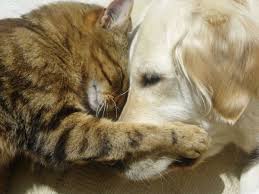
Sophomore Janessa Wilson states, “I like animals. Help them out. How about we don’t kill them unless they are actually dying?”
Senior Bryant Wilson insists, “I think that everything should be done to help the animals either improve its health or ease suffering.”
To people with outside dogs and cats, these organizations are pleading for the building fences or leaving these pets inside.
People who do not own pets should adopt pets before their euthanasia process. The Southwest Humane Society houses many dogs and cats that are close to a peaceful death.












